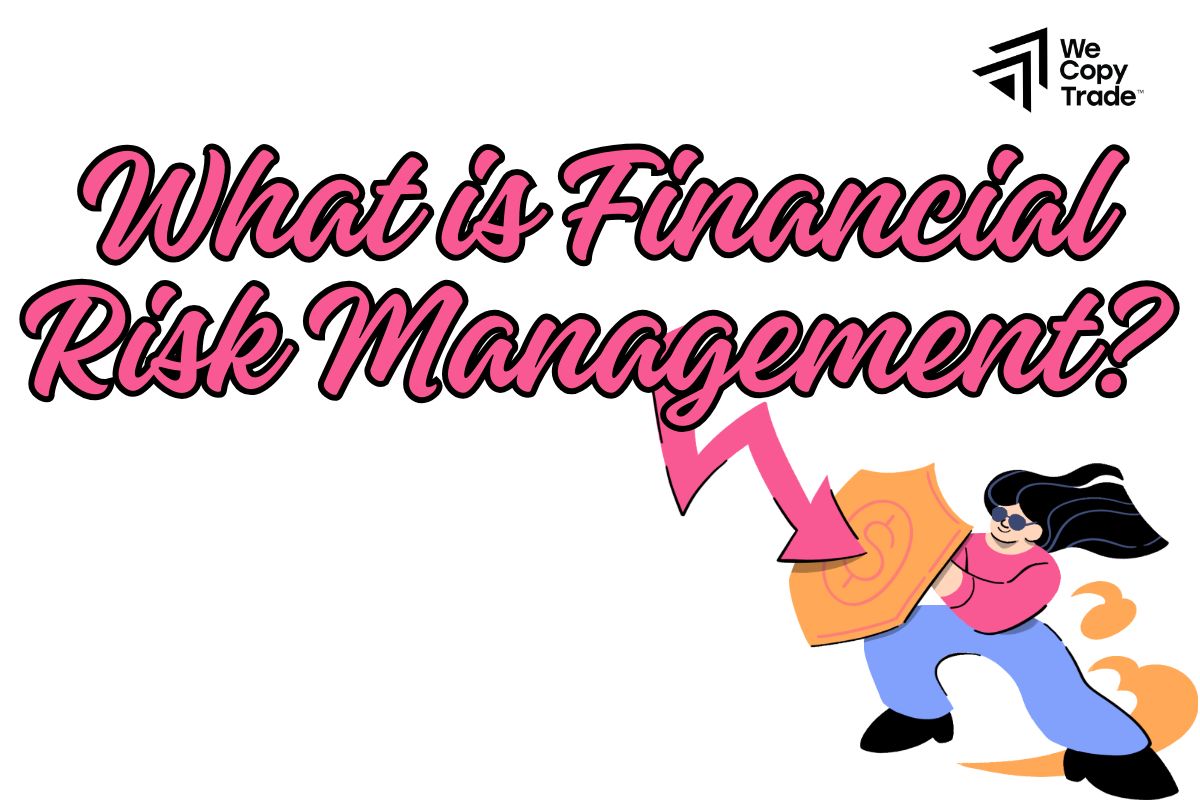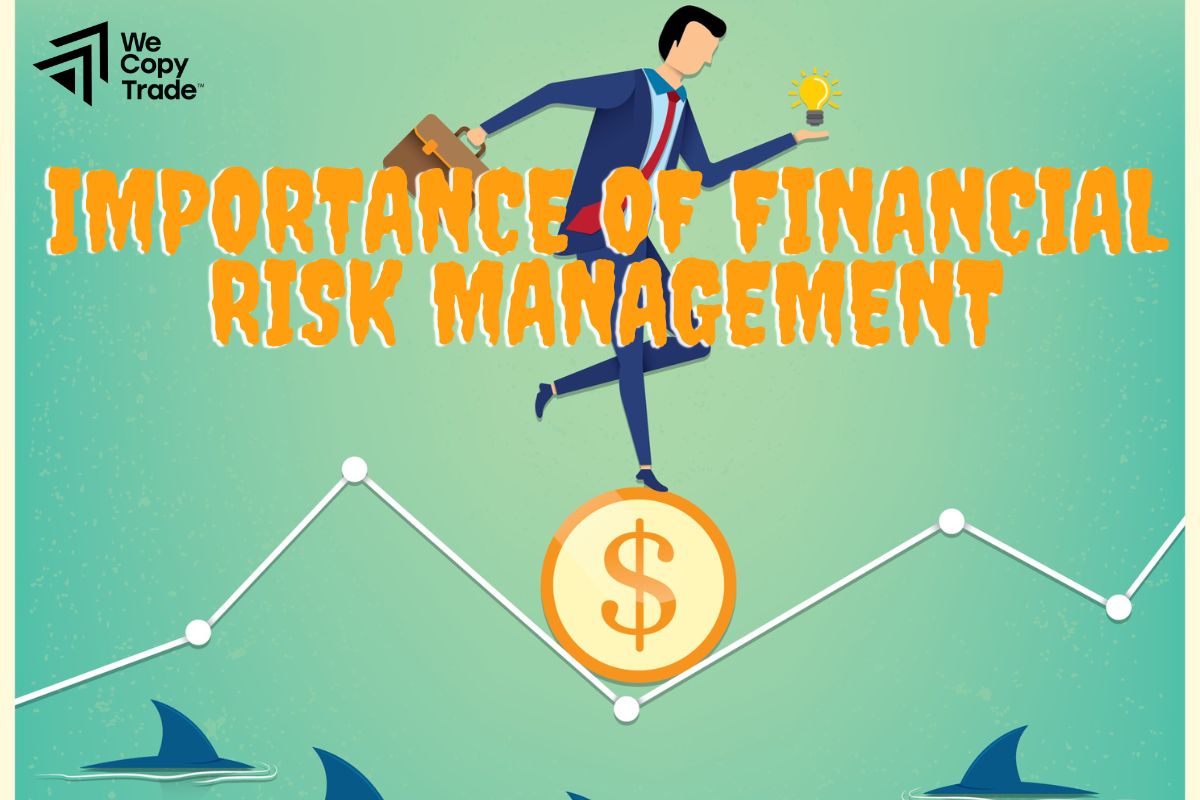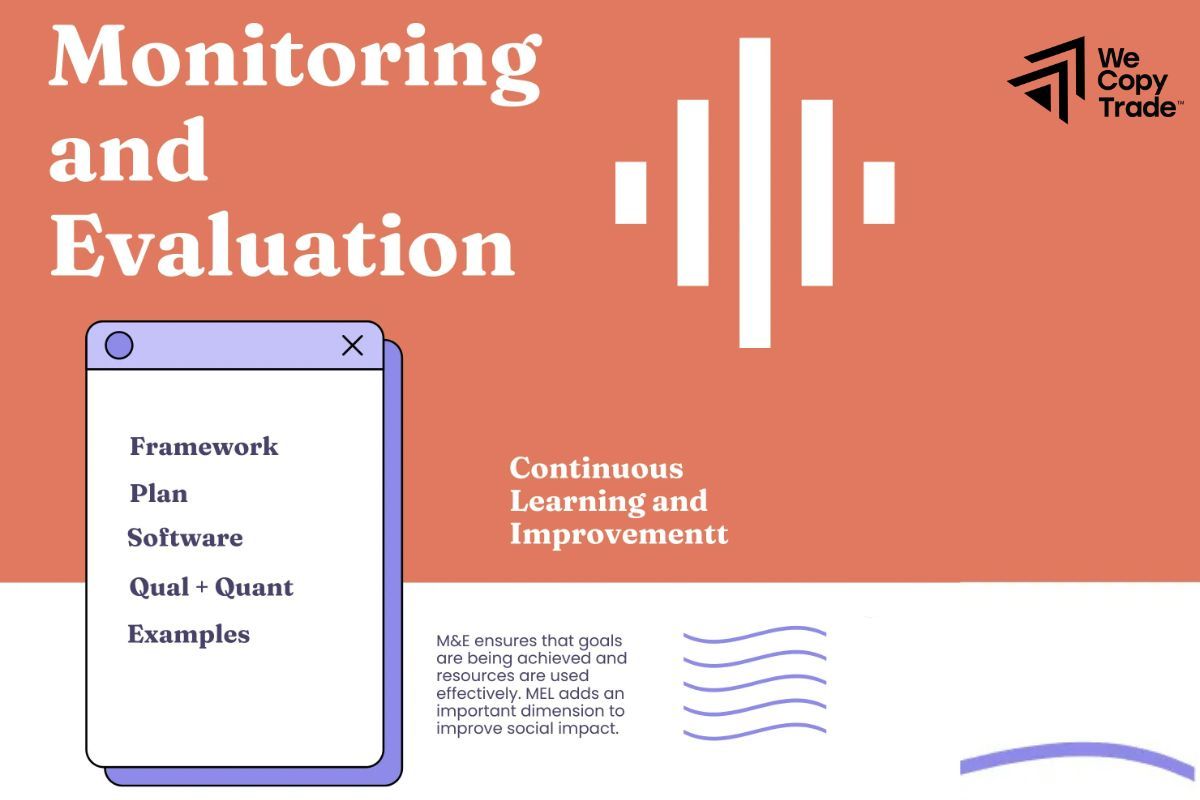Financial Risks Management is a solid shield that protects businesses from unexpected fluctuations. This process is extremely complex, requiring us to take specific actions to deal with potential risks. Don’t miss the opportunity, follow me, I will guide you through some tips to simplify management strategies and apply them effectively right below!
What is Financial Risks Management?

Financial Risks Management is the process of identifying and assessing potential risks that could negatively impact the financial situation of a business or an individual. These risks can be unexpected fluctuations in the market, changes in policy, or mistakes in the business process.
Financial Risks Management does not stop at identifying risks but also includes analyzing the severity and likelihood of each risk. From there, the manager will make appropriate decisions, which can be accepting the risk if the potential profit is large enough, or finding ways to minimize the risk by measures such as diversifying investments, buying insurance, or building contingency plans.
For example, in the banking sector, the Basel Accord is a typical example of applying international regulations to manage risks such as credit (when customers do not pay), market (due to fluctuations in interest rates, exchange rates), and operations (due to technical errors, fraud).
See more:
- Financial Risk Assessment, Identification and Management
- What is interest rate risk? How to manage interest rates
- Some Steps to Successful Liquidity Risk Management 2024
Importance of Financial Risk Management

When building an effective risk management strategy, businesses not only minimize potential losses but also open up many opportunities for sustainable development such as:
- Preventing losses, protecting assets: risk management helps businesses minimize damage when encountering unexpected incidents such as economic recession or market fluctuations.
- Enhancing financial stability: A business with a good risk management system will always maintain balance and stability, even in difficult business conditions.
- Supporting informed decision making: By carefully assessing risks, businesses can make the right investment choices, increasing the likelihood of success and minimizing the risk of failure.
- Flexibly adapting to market fluctuations: Risk management helps businesses proactively face unexpected changes in the market, seize opportunities and minimize negative impacts.
- Building reputation and trust: A business with a professional risk management system will be more trusted by customers, partners and investors, thereby opening up many opportunities for cooperation and development.
Financial Risks Management Process
Here are five basic steps to build an effective Financial Risks Management system that can help businesses minimize losses and ensure stability:
Identify risks

- Consider all factors that can negatively affect the financial situation of the business, from small fluctuations in the market to larger risks such as policy changes or natural disasters.
- Group risks into different types such as market risk, credit risk, operational risk, etc. for easy management and monitoring.
- Apply methods such as SWOT analysis, interview experts, or refer to available risk checklists to ensure that no risks are missed.
Assess and quantify risks
- Assess what consequences each risk can cause to the business, from mild to severe.
- Estimates the likelihood of each risk occurring based on historical data and related factors.
- Use the P x I = E formula to calculate the severity of each risk and prioritize the most severe risks.
Implement risk management strategies
- Develop a specific action plan for each risk management strategy.
- Assign tasks to individuals or departments to ensure the plan is implemented on schedule.
- Regularly monitor the implementation of the plan and evaluate the effectiveness of the measures taken.
Monitor and evaluate effectiveness

- Collect data on risk events that occur and compare them with initial forecasts.
- Review the risk list periodically and update it with new information.
- Adjust risk management strategies as necessary to ensure they remain relevant to the current situation.
Financial Risk Management Strategies
Which strategy to choose depends on many factors. To make the right decision, we need to carefully assess the risks, compare the options and choose the optimal solution. Here are the top effective Financial Risks Management techniques that you should know and apply:
Risk reduction
Risk reduction means that we find ways to minimize the impact of negative events. For example, a manufacturing plant may install a fire alarm system to minimize the damage caused by a fire.
Risk avoidance

In business, risk avoidance means that we will not participate in projects or activities that have the potential to cause large losses. For example, a startup company may decide not to compete with a strong competitor to avoid being eliminated from the market.
Risk transfer
When faced with risks that are too great for a business to deal with on its own, transferring the risk to a third party is an effective solution. Just like buying insurance for a house, businesses can buy insurance to protect themselves from risks such as natural disasters, fires, or legal risks.
Risk acceptance
Seen as the last option when other options are not feasible. However, we should not be reckless but need to carefully evaluate before deciding to accept the risk and always prepare ourselves with a backup plan. There are times when we have to accept a certain level of risk to achieve our goals. In business, risk acceptance can be likened to betting on a promising future. When a business decides to take a risk, they are trusting in their ability to overcome difficulties and take advantage of opportunities.

For example, a startup may decide to invest in a new, unproven technology, despite knowing that there is a high chance of failure. However, if successful, the company can achieve huge profits.
Once you have chosen your strategy, keep a close eye on its performance. Using tools such as risk analysis tables and specialized software, we can continuously assess the level of risk and flexibly adjust the strategy accordingly.
Conclusion
In conclusion, any business activity has many potential risks that we cannot foresee. Financial Risks Management plays an extremely important and indispensable role when we decide to invest in business. After the useful information from this article, let’s build a tight risk management plan for your business or project!
See now:











